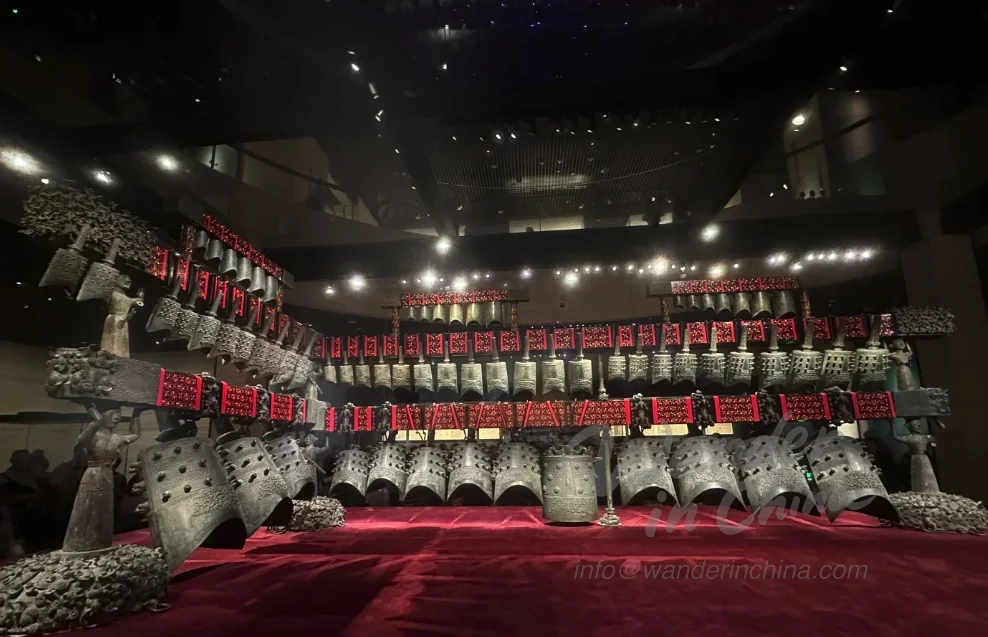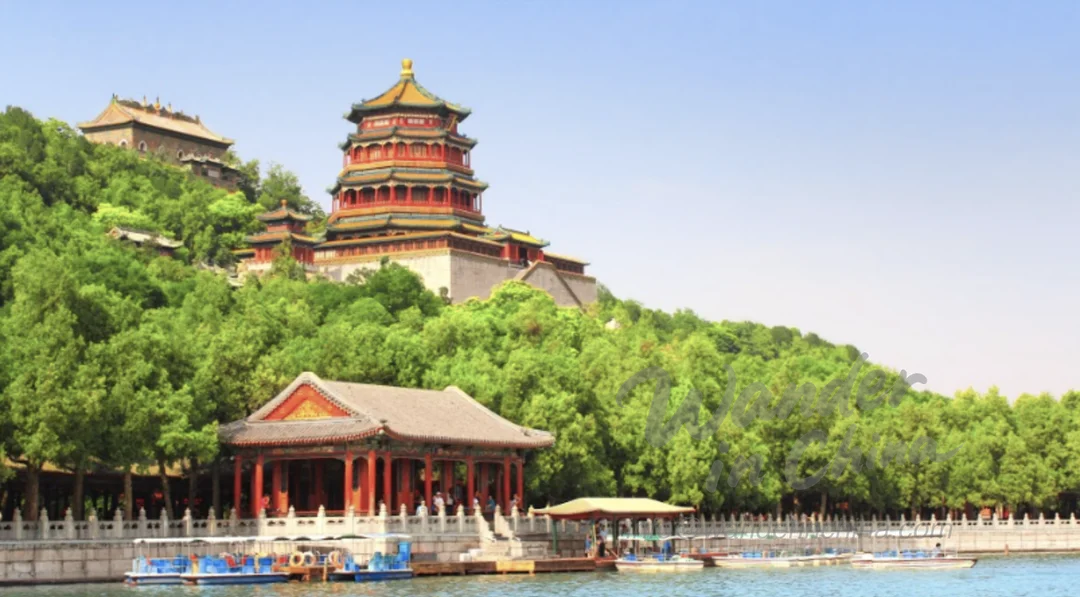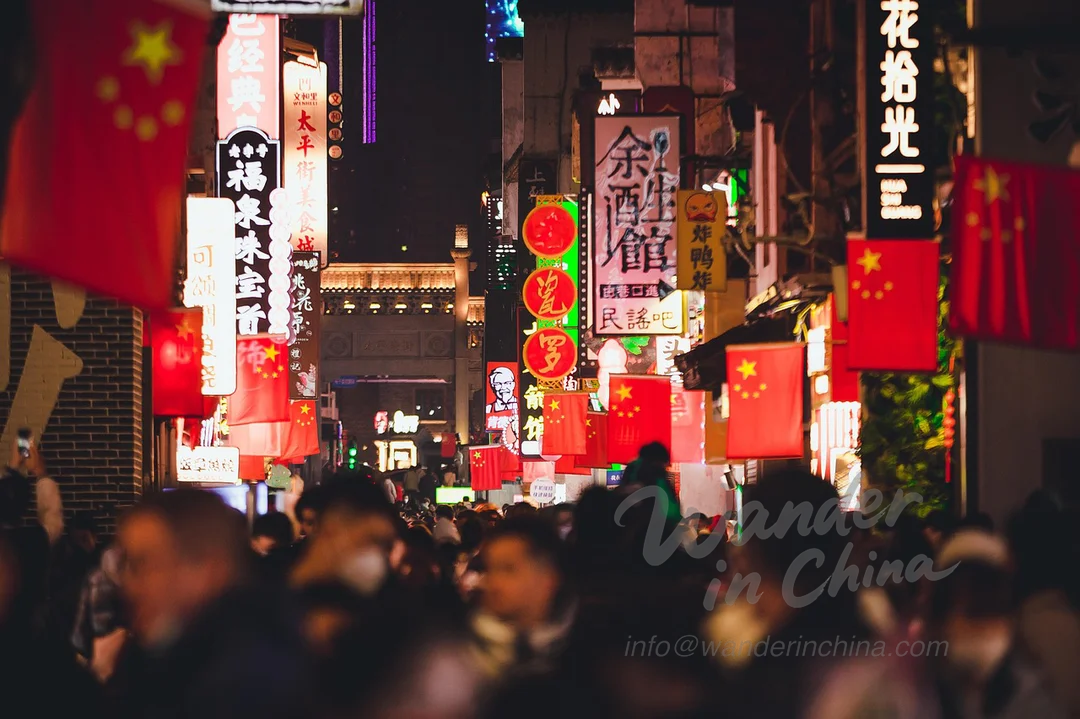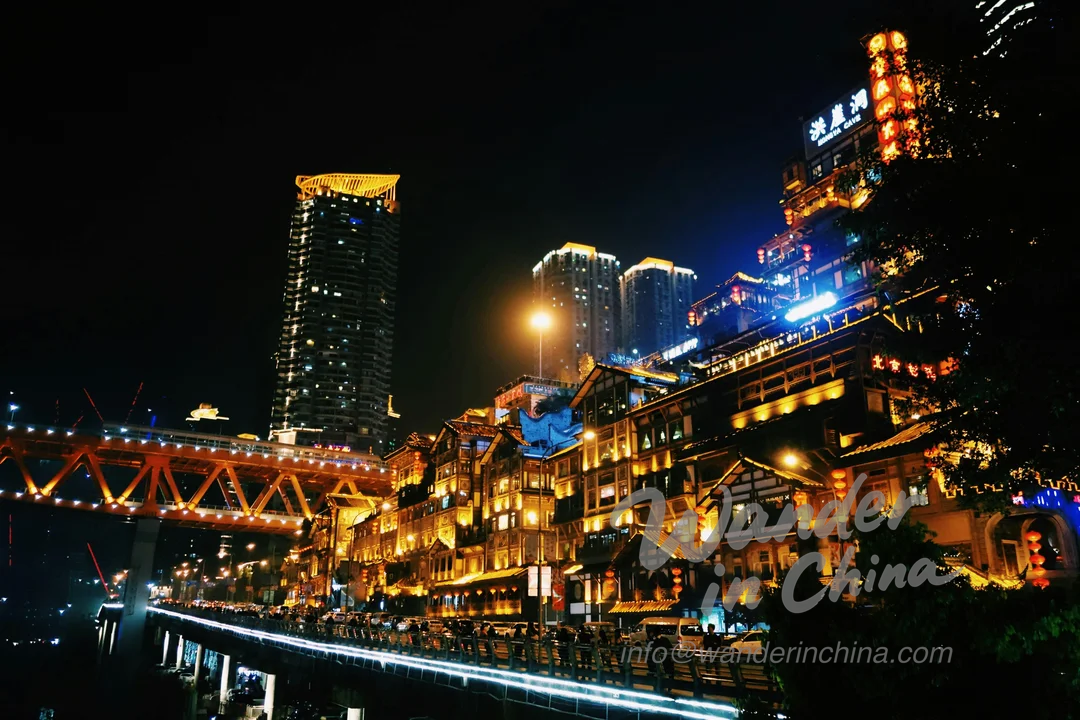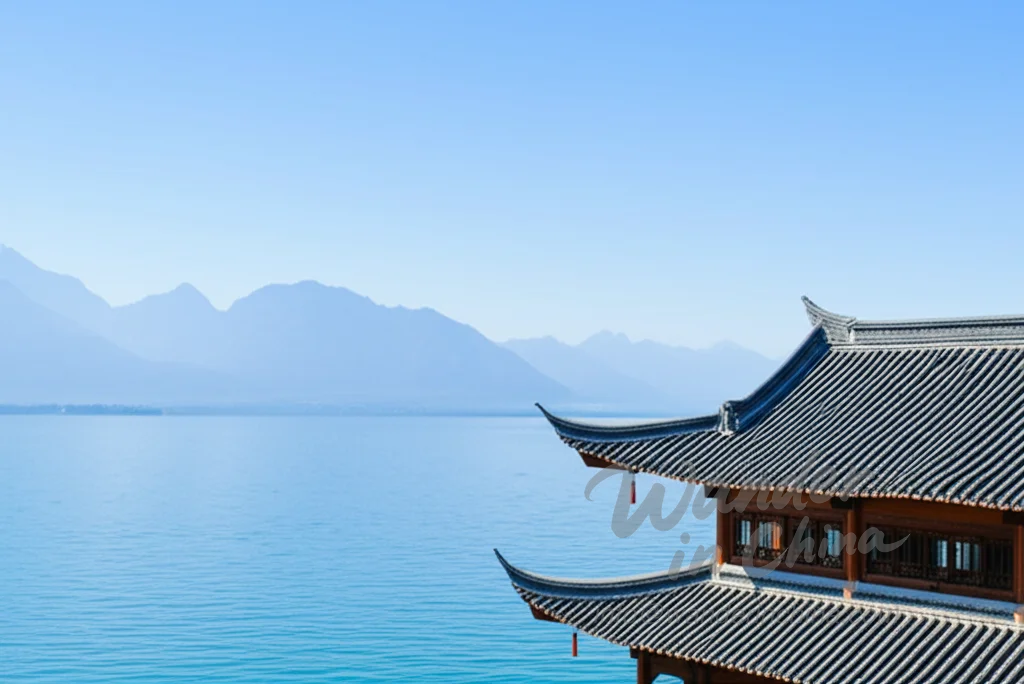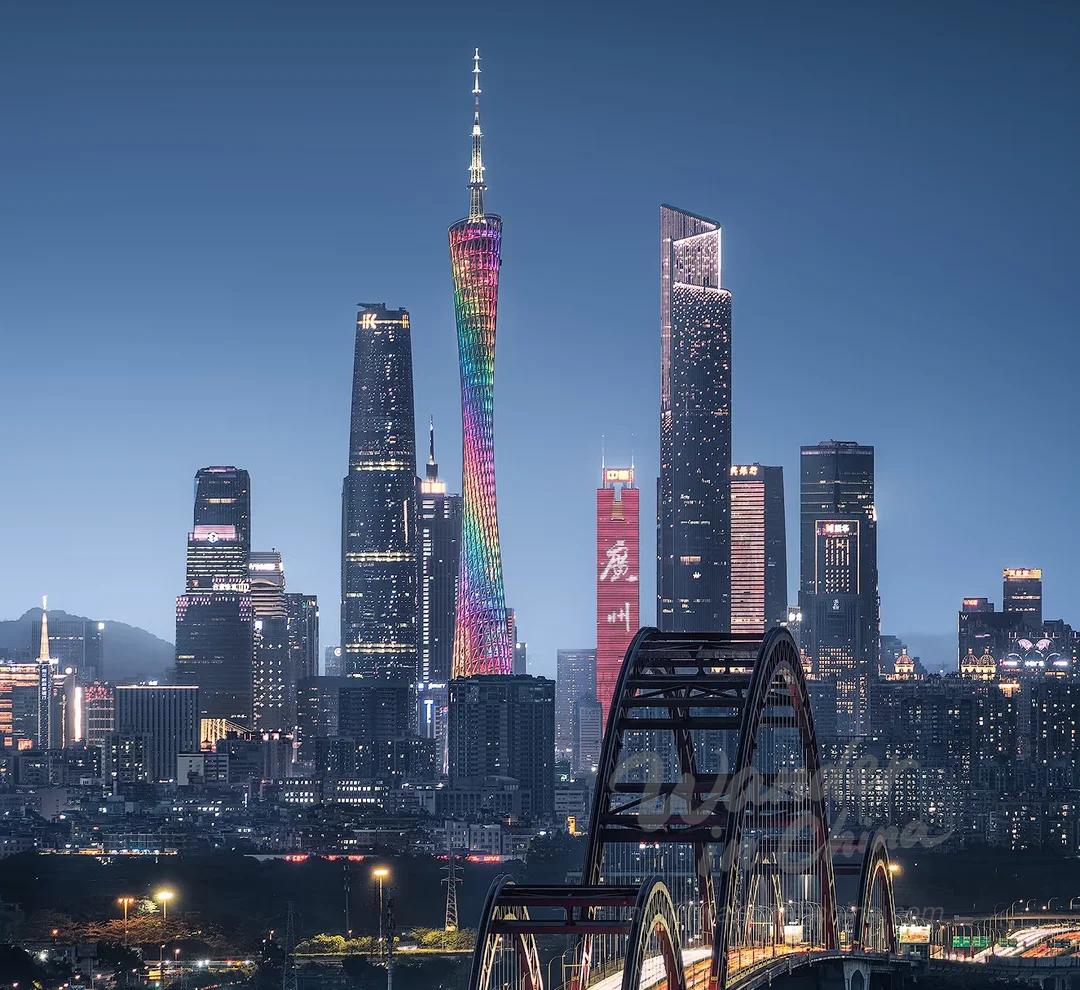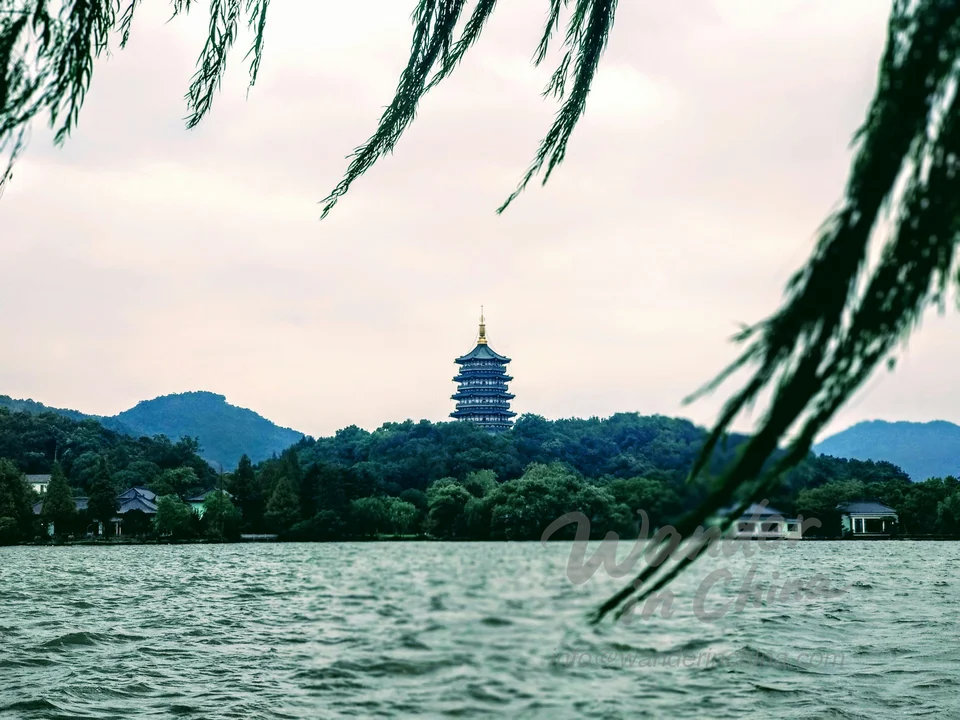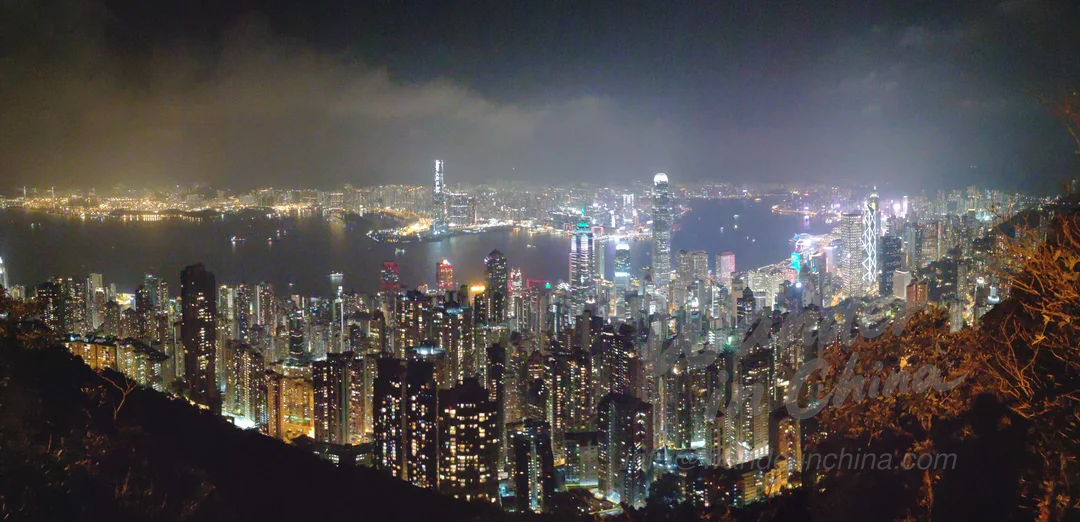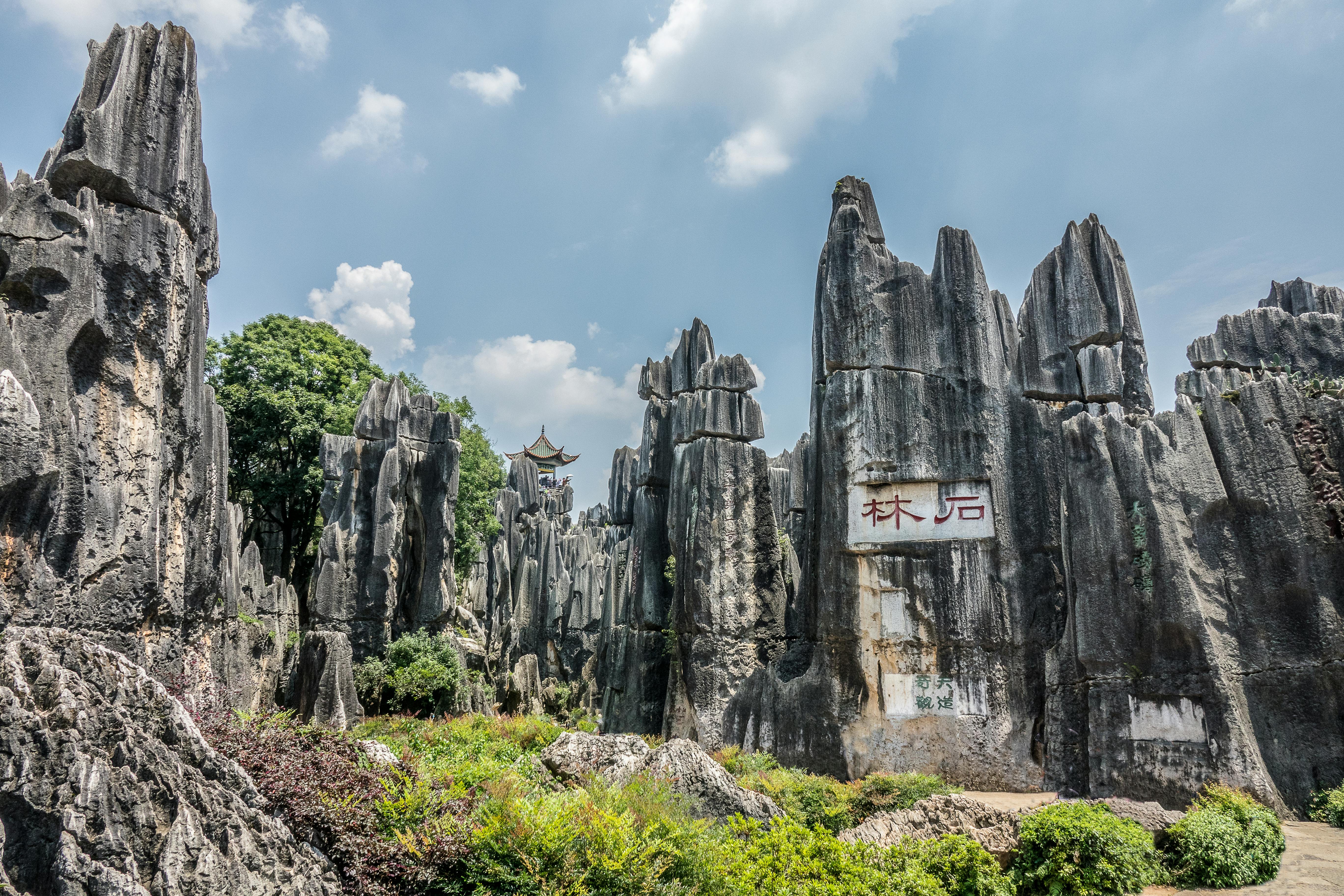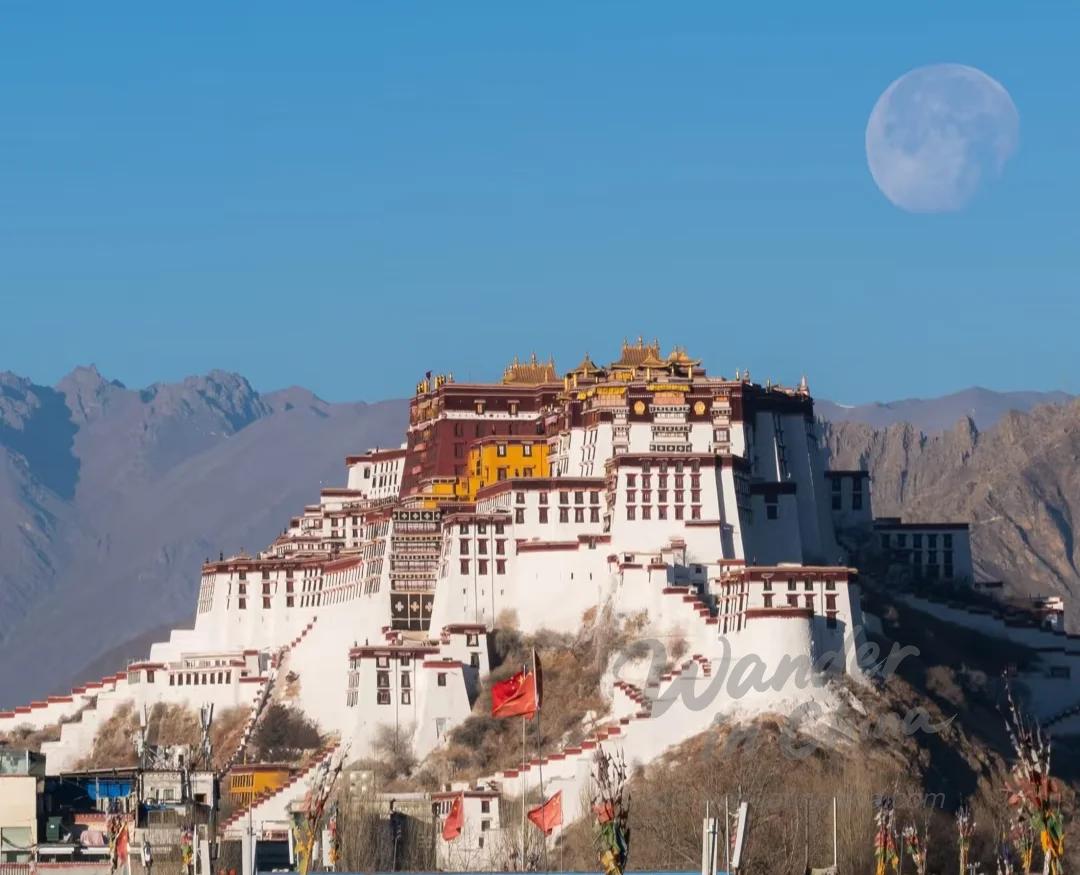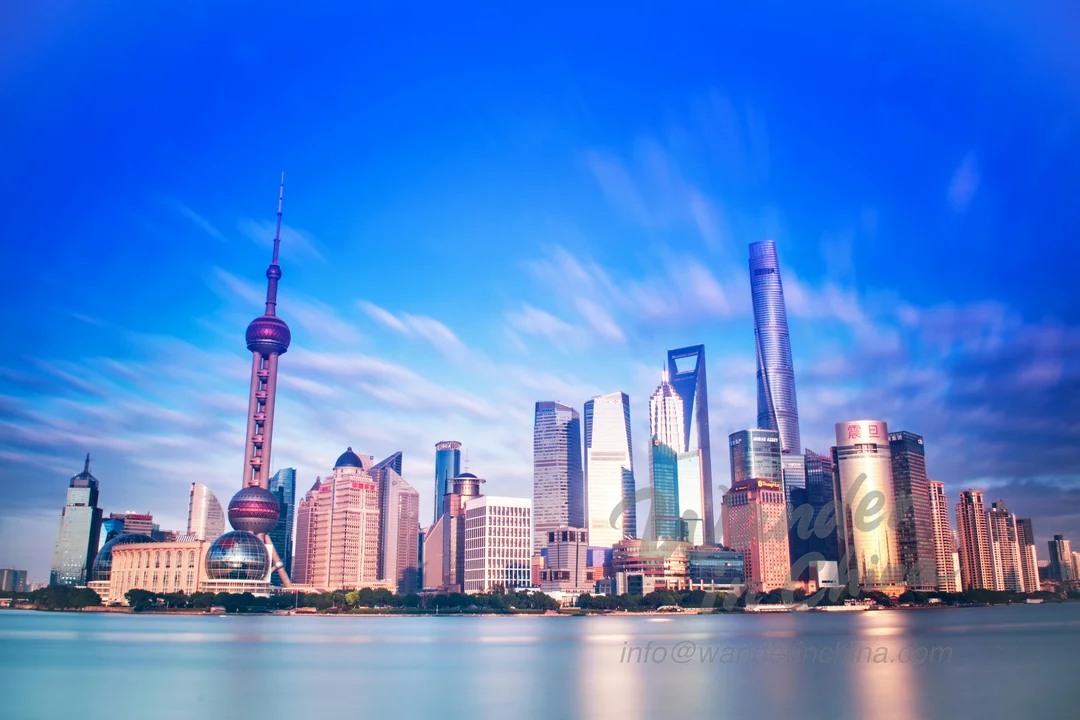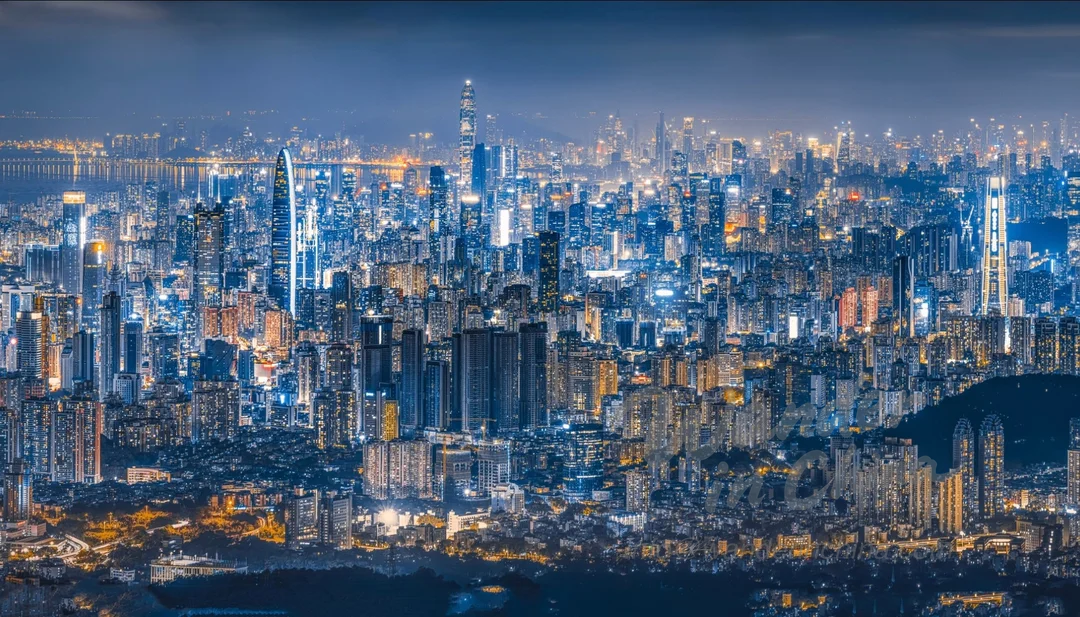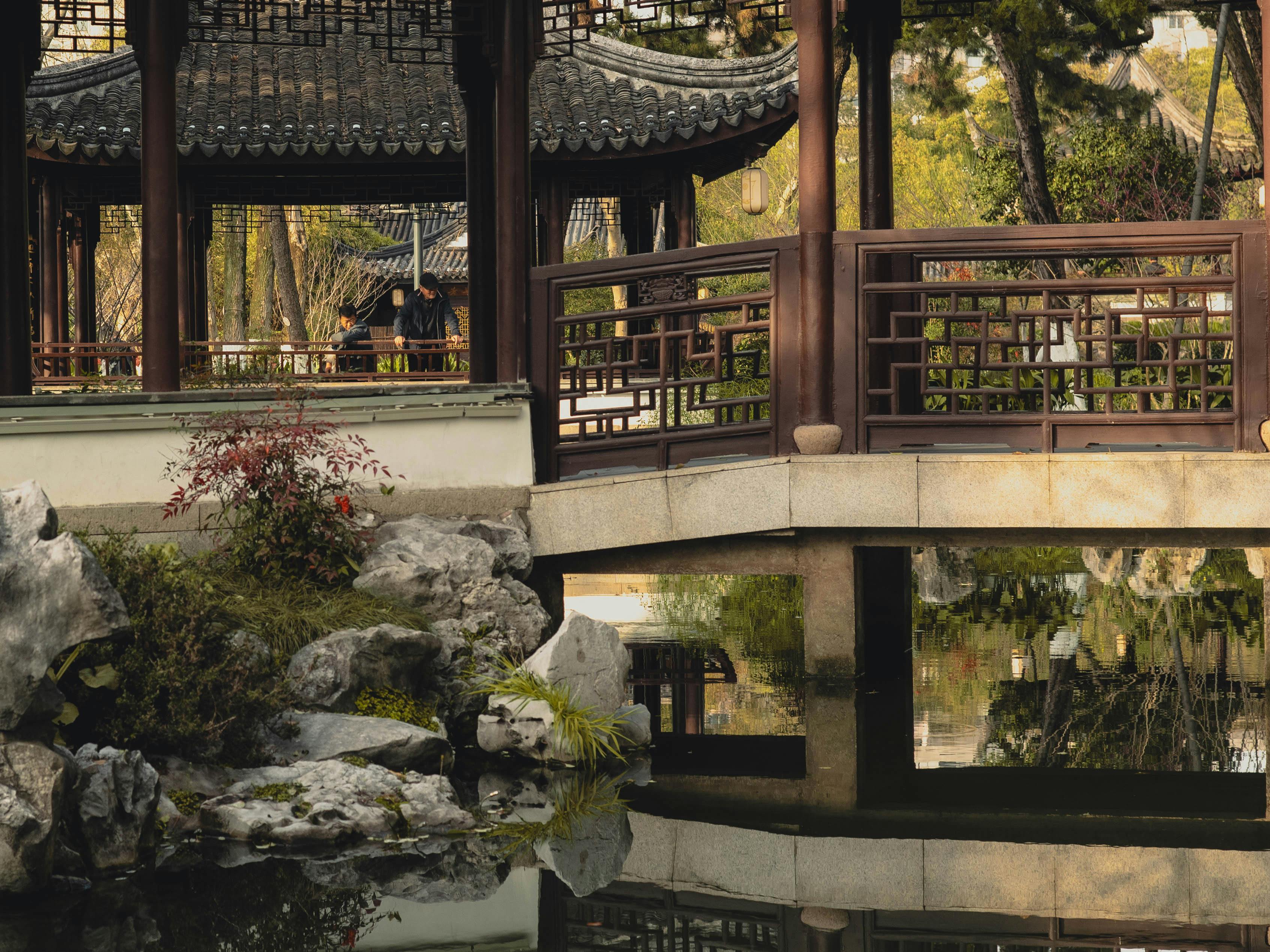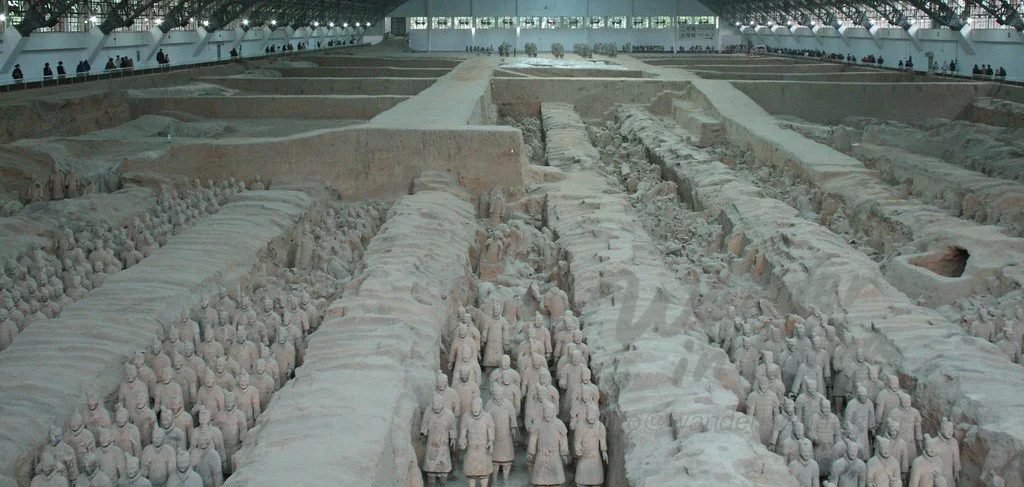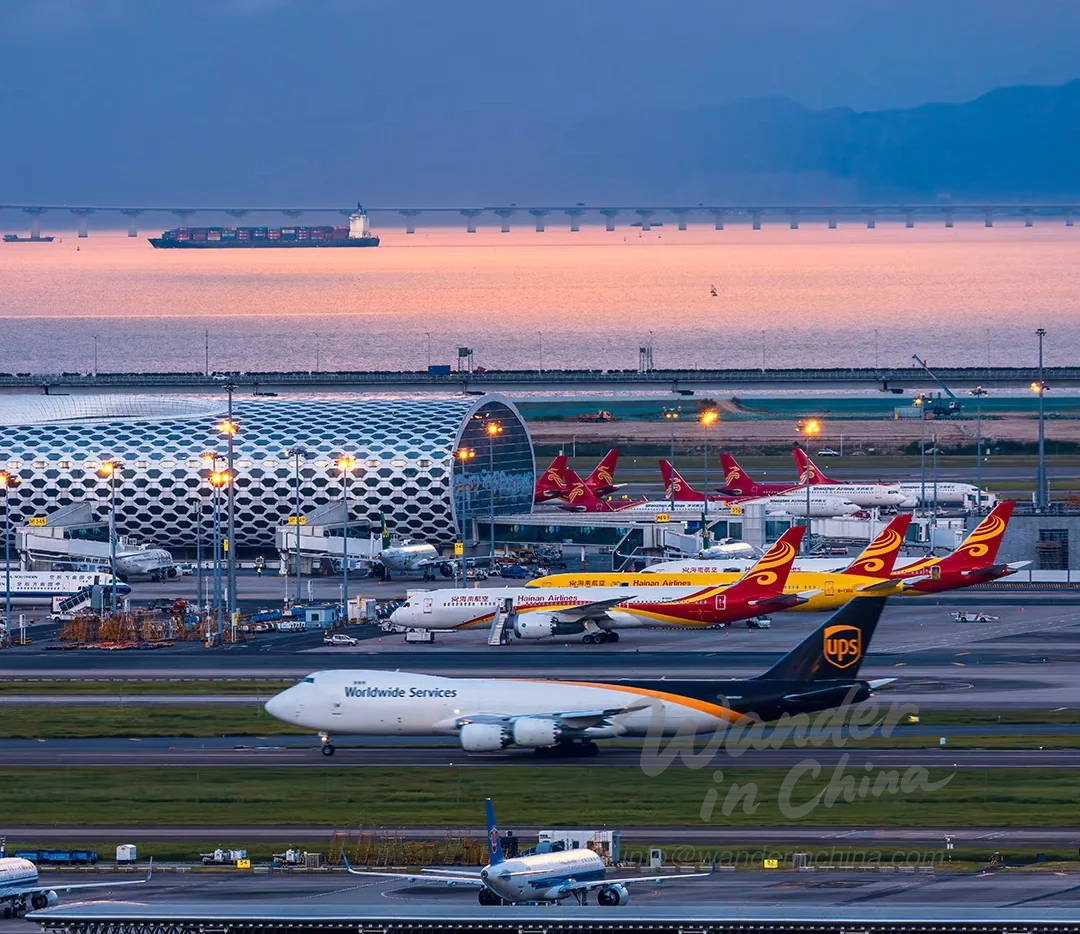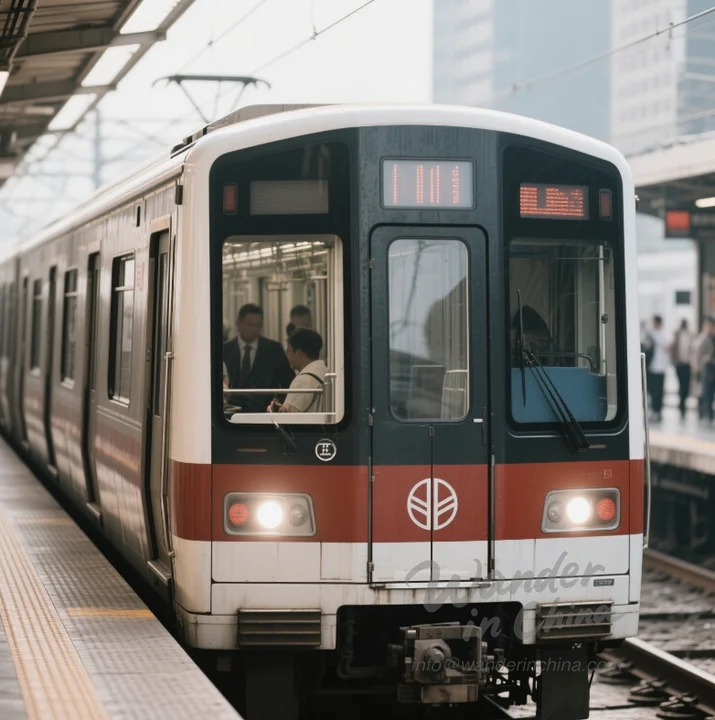Explore Wuhan: Your Ultimate Travel Guide to China's Vibrant Hub
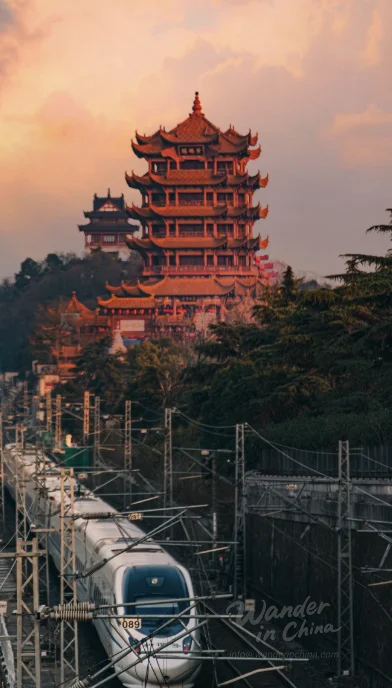
Wuhan, a bustling metropolis in central China, stands as a testament to the nation’s rich history and rapid modernization. As the capital of Hubei province, Wuhan is strategically located at the confluence of the Yangtze and Han rivers, earning it the moniker “the thoroughfare of nine provinces.” This prime location has made it a vital transportation hub and a significant economic center. Explore Wuhan and discover its vibrant culture, historical landmarks, and delicious cuisine.
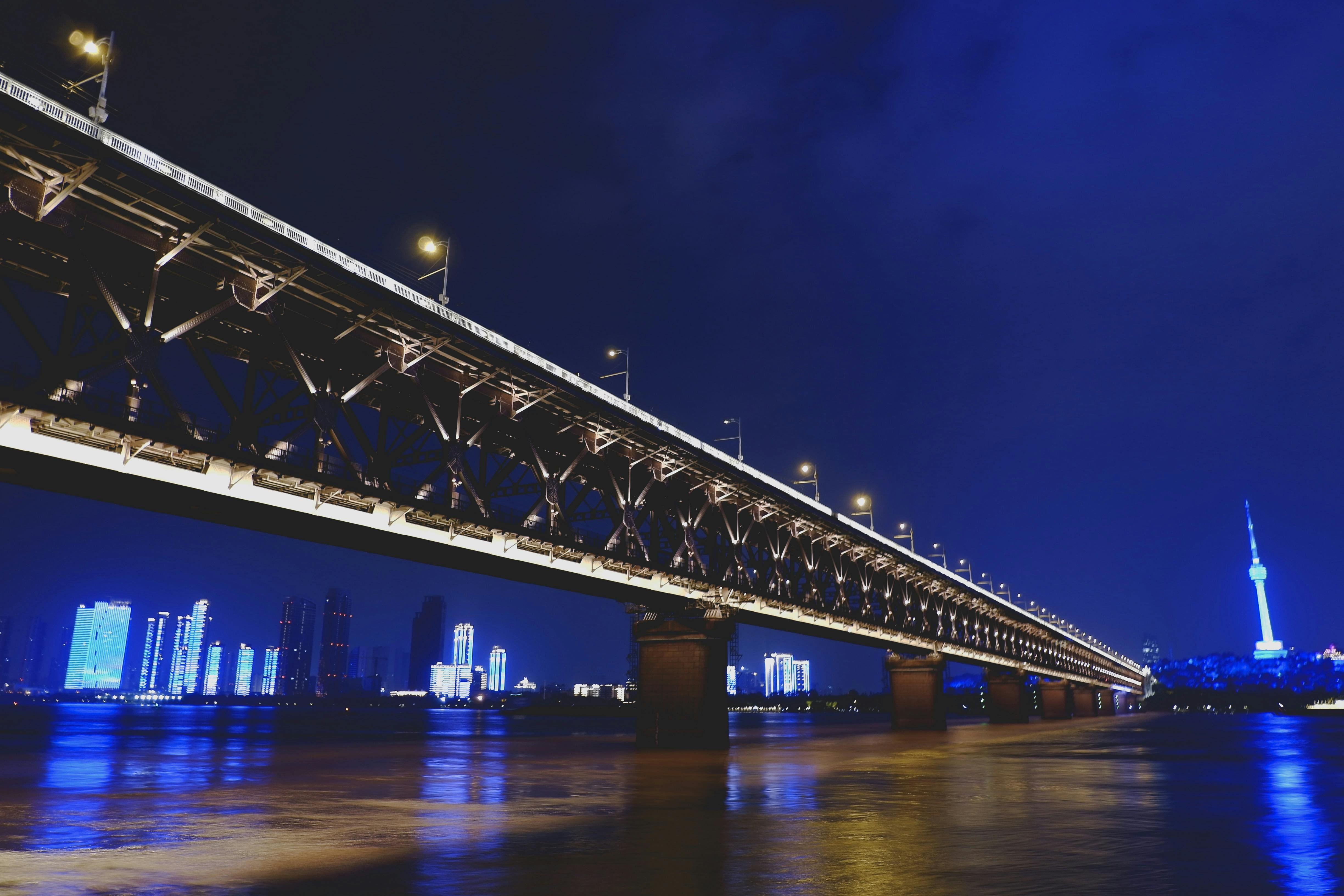
Getting There
Wuhan is easily accessible by air and train, making it a convenient destination for both domestic and international travelers.
By Air
Wuhan Tianhe International Airport (WUH) offers numerous domestic and international flights, connecting the city to major hubs around the world. From the airport, you can take the airport express line, a taxi, or a bus to reach the city center.
By Train
Wuhan is a major railway hub, with several high-speed train stations connecting it to cities across China. The main stations include Wuhan Railway Station, Hankou Railway Station, and Wuchang Railway Station. High-speed trains provide a comfortable and efficient way to travel to and from Wuhan.
Getting Around
Navigating Wuhan is convenient thanks to its well-developed public transportation system. The Wuhan Metro is an efficient way to travel between major attractions and districts. Buses are also readily available, covering an extensive network throughout the city. Taxis and ride-sharing services offer a more flexible option. For more detailed information, see our Wuhan Transportation Guide: Getting Around the City.
Attractions
Wuhan boasts a wealth of attractions, from historical landmarks to scenic spots. The iconic Yellow Crane Tower stands as a symbol of the city and Chinese poetry. Explore the Hubei Provincial Museum to uncover ancient treasures and artifacts. Take a stroll along the Yangtze River and marvel at the Wuhan Yangtze River Bridge, a landmark of engineering. Relax and enjoy the natural beauty of East Lake, Wuhan’s scenic oasis.
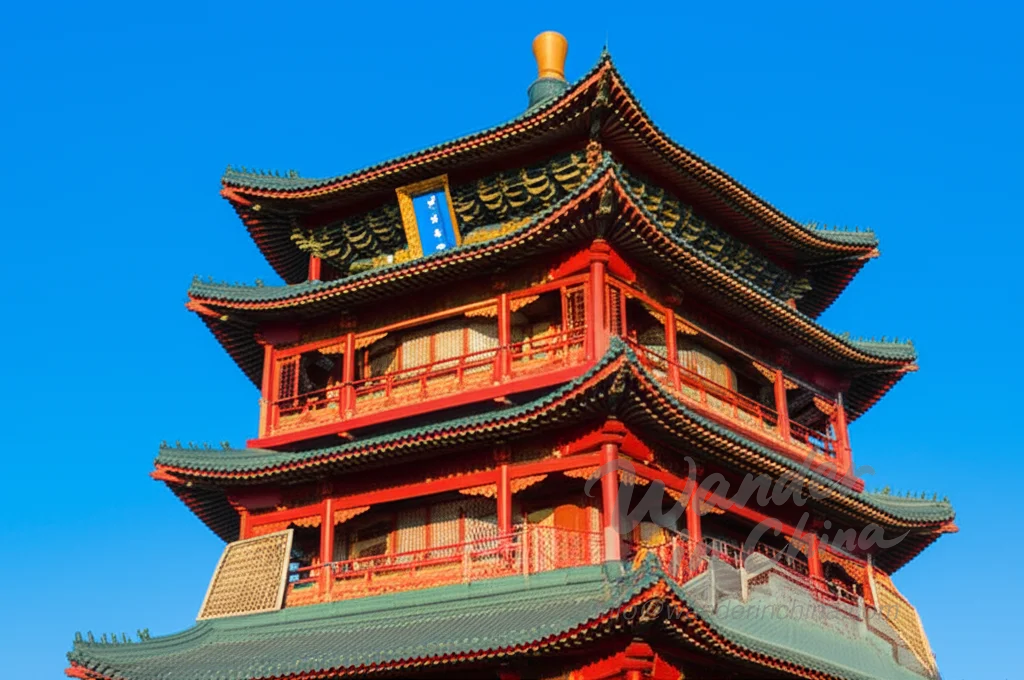
Culture
Wuhan’s culture is a blend of tradition and modernity. Experience the local customs and traditions by visiting historical sites and attending cultural events. The city is also known for its vibrant arts scene, with numerous galleries and theaters showcasing both traditional and contemporary works.
Food
Wuhan is a food lover’s paradise, offering a diverse range of culinary delights. Sample the city’s famous Re Gan Mian (Hot Dry Noodles), a local staple. Explore Hubu Alley, a food street brimming with delicious snacks and dishes. Discover the unique flavors of Hubei cuisine, known for its spicy and savory dishes.
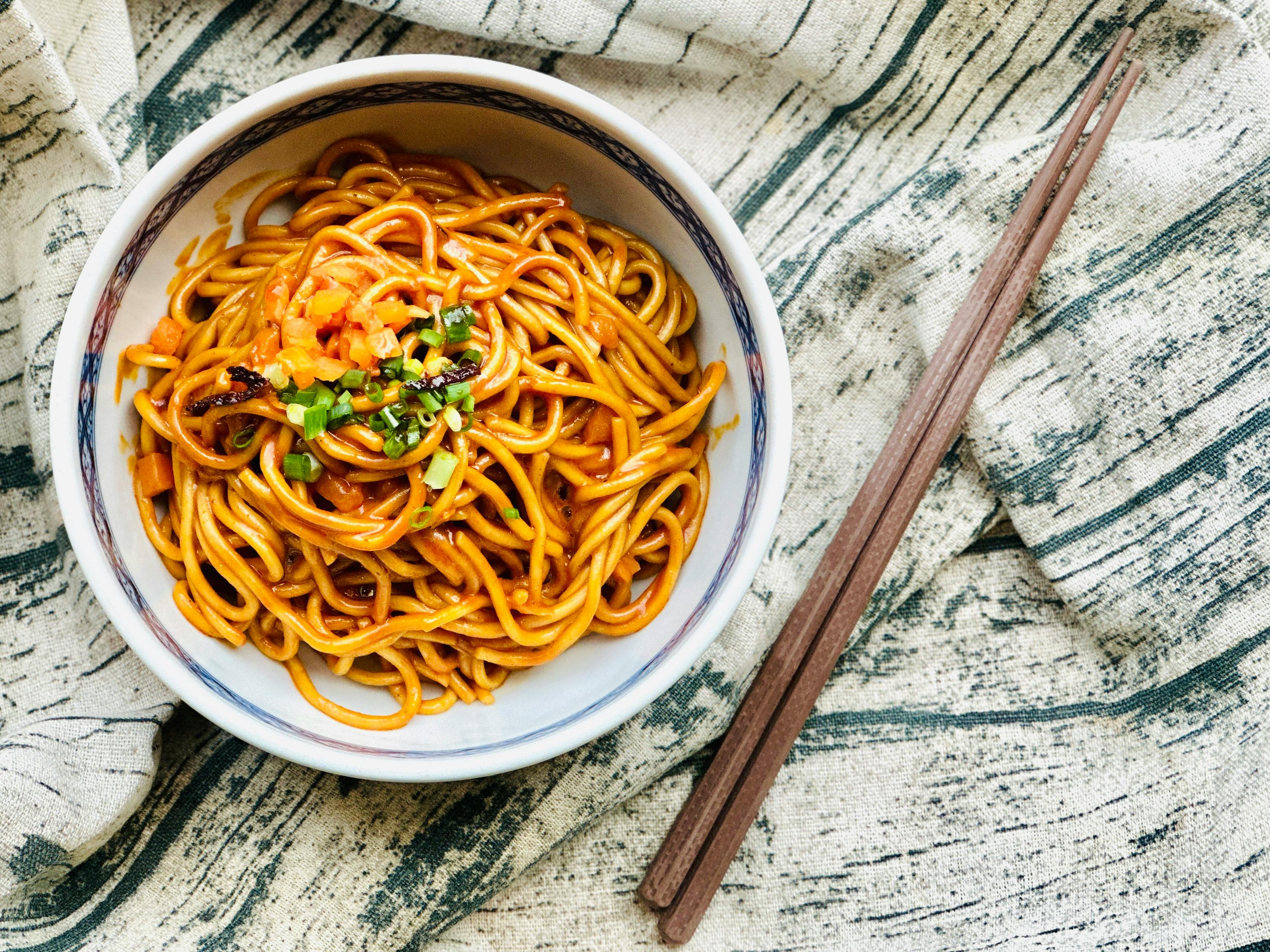
Accommodation
Wuhan offers a wide range of accommodation options to suit every budget and preference. From luxury hotels to budget-friendly hostels, you’ll find the perfect place to stay in Wuhan. Consider exploring options near the Yangtze River for stunning views, or in the city center for convenient access to attractions. For a comprehensive guide, refer to our Wuhan Accommodation Guide: Where to Stay.
Weather
Wuhan has a humid subtropical climate, with four distinct seasons. Summers are hot and humid, while winters are cool and damp. Spring and autumn offer pleasant temperatures and are ideal times to visit. Be sure to check the weather forecast before your trip and pack accordingly.
Must Do
- Visit the Yellow Crane Tower and enjoy panoramic views of the city.
- Explore the Hubei Provincial Museum to learn about the region’s history and culture.
- Take a boat ride on the Yangtze River and admire the Wuhan Yangtze River Bridge.
- Sample the local cuisine, including Re Gan Mian and other Hubei specialties.
- Wander through Hubu Alley and indulge in street food delights.
- Relax in the scenic surroundings of East Lake.
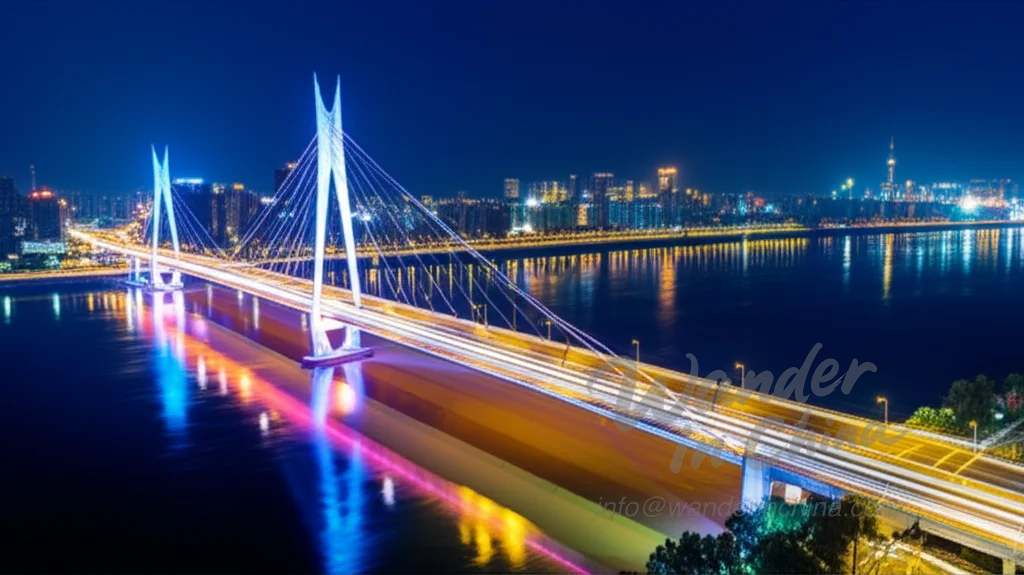
Itineraries
Planning your trip to Wuhan? Here are a few suggested itineraries to help you make the most of your visit. For more detailed itineraries, see our Wuhan Itineraries: Planning Your Trip.
2-Day Historical Highlights
Day 1: Visit the Yellow Crane Tower and the Hubei Provincial Museum. Day 2: Explore the historic streets of Hankou and visit the Wuhan Museum.
3-Day Riverfront & Culture
Day 1: Take a cruise on the Yangtze River and visit the Wuhan Yangtze River Bridge. Day 2: Explore the East Lake scenic area and enjoy a relaxing afternoon. Day 3: Immerse yourself in the local culture at Hubu Alley and sample street food.
4-Day Exploring Wuhan’s Best
Day 1: Visit the Yellow Crane Tower and the Hubei Provincial Museum. Day 2: Explore the East Lake scenic area and enjoy a relaxing afternoon. Day 3: Discover the culinary delights of Hubu Alley and sample local specialties. Day 4: Take a day trip to nearby scenic spots or historical sites.
